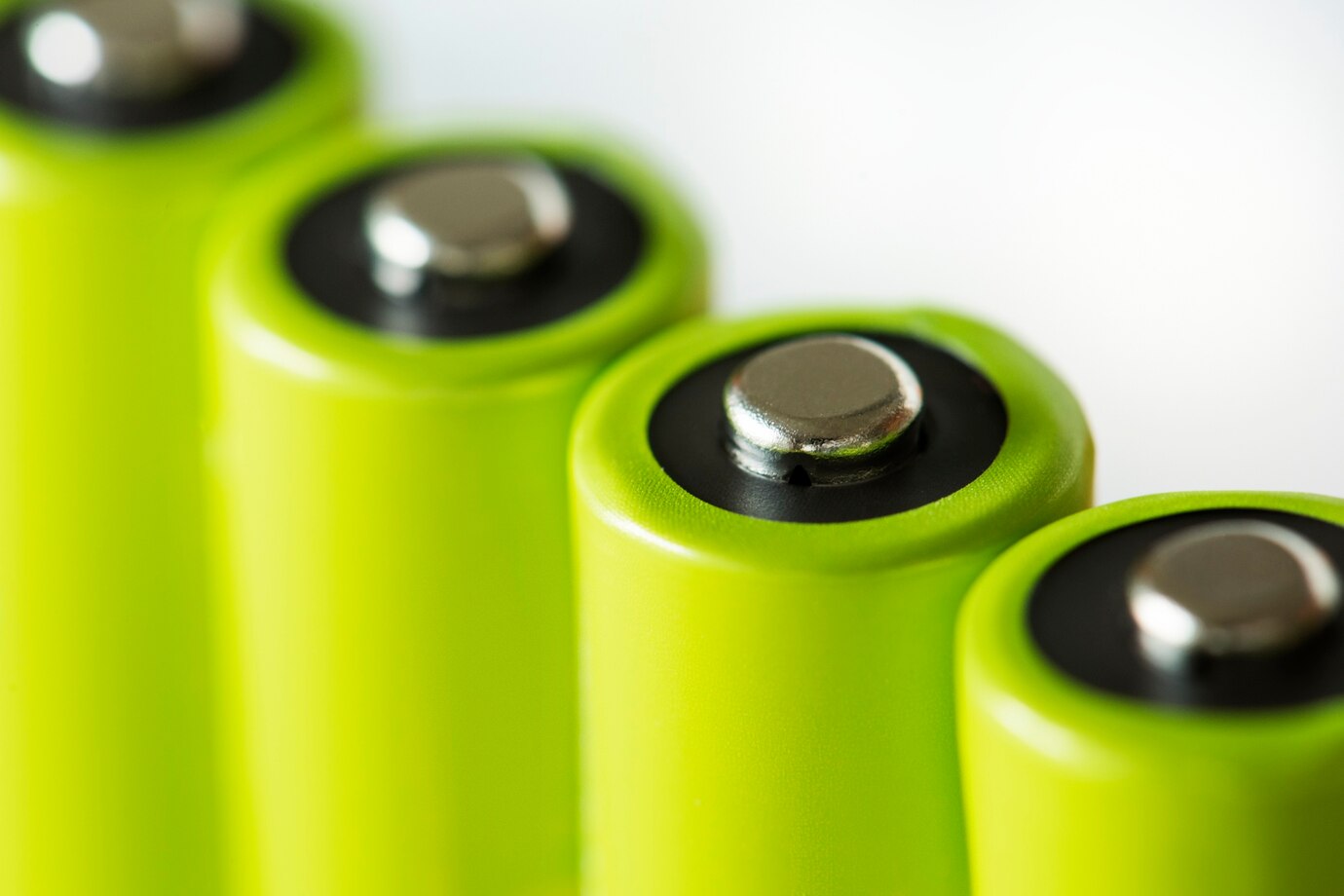
With the acceleration of the global energy transition, new energy storage technologies have become the core driving force for achieving the carbon neutrality goal. As a key carrier of energy storage systems, the performance and cost of batteries are highly dependent on the supply and technological innovation of upstream raw materials. The distribution, mining, and processing capabilities of key mineral resources such as lithium, cobalt, nickel, and graphite directly determine the global competition pattern of the battery industry. Currently, the competition between resource - rich countries (such as Australia, the Democratic Republic of the Congo, and Indonesia) and processing countries (such as China, the United States, and Germany) is becoming increasingly fierce. At the same time, the sustainability of the supply chain and ESG (Environmental, Social, and Governance) risks have also become the focus. This article reveals the profound impact of resource strategies on the development of new energy storage by analyzing the types of main battery raw materials, global main production area data, core processors, and the industrial layouts of countries such as China, the United States, and Germany, and explores future technological paths and market trends.
I. Types of Core Battery Raw Materials and Their Technical Requirements
1. Lithium
Function: A core element in the cathode materials of lithium - ion batteries (such as lithium iron phosphate and ternary lithium).Demand Trend: In 2023, the global demand for lithium exceeded 1 million tons of lithium carbonate equivalent (LCE), and it is expected to increase to 3 million tons by 2030.2. Cobalt
Function: Improves the energy density and stability of ternary batteries (NCM/NCA).Challenges: High cost and supply chain ethics issues (the controversy over child labor in the Democratic Republic of the Congo).3. Nickel
Function: High - nickel batteries (such as NCM811) can significantly increase the energy density (exceeding 300 Wh/kg).Technical Direction: The trend towards low - cobalt and high - nickel has become the mainstream.4. Graphite
Function: The main component of the anode material, accounting for 15% - 20% of the battery weight.Classification: Natural graphite (low cost) and synthetic graphite (excellent performance).5. Manganese
Function: Used in the lithium manganese iron phosphate (LMFP) cathode to balance cost and safety.6. Rare Earth Elements (such as neodymium, praseodymium)
II. Comparison of Global Main Production Area Data of Battery Raw Materials
1. Lithium Resources
Main Production Areas:Australia (46%): Hard rock lithium mines (Greenbushes Mine).Chile (30%): Lithium extraction from salt lakes (Atacama Salt Lake).China (15%): Salt lakes (Qinghai) and mica mines (Jiangxi).Reserves: The global lithium resource volume is about 86 million tons, and the "lithium triangle" in South America (Chile, Argentina, and Bolivia) accounts for 56%.2. Cobalt Resources
Main Production Areas:The Democratic Republic of the Congo (70%): Copper - cobalt associated mines.Russia (6%): By - product of Norilsk Nickel.Risks: Hand - mining accounts for 20% in the Democratic Republic of the Congo, and ESG issues are prominent.3. Nickel Resources
Main Production Areas:Indonesia (37%): Laterite nickel mines (HPAL hydrometallurgy).Russia (8%): Norilsk nickel sulfide mines.Trend: In 2023, Indonesia's nickel production reached 1.6 million tons, accounting for 80% of the global increment.4. Graphite Resources
Main Production Areas: China (65%): Flake graphite in Heilongjiang and Shandong.Mozambique (10%): Balama Mine of Syrah Resources.5. Manganese Resources
Main Production Areas: South Africa (30%), Australia (18%), Gabon (15%).III. Global Core Processors and Industry Chain Leaders
1. Lithium Processors
China:Ganfeng Lithium (the world's largest lithium salt production capacity, with a market share of 25% in 2023).Tianqi Lithium (holding the Greenbushes Mine in Australia).The United States:Albemarle (the world's largest lithium producer, with a presence in Chile, Australia).Germany:BASF (cathode material cooperation projects, such as the Harjavalta plant in Finland).2. Cobalt Processors
China:Huayou Cobalt (processing the Tenke Mine in the Democratic Republic of the Congo, accounting for 20% of the global refined cobalt).Europe:Umicore (Belgium, leading in cobalt recycling technology).3. Nickel Processors
China:Tsingshan Holding (Morowali Industrial Park in Indonesia, the leader in HPAL technology).Russia:Norilsk Nickel (a global nickel giant, affected by geopolitical sanctions).4. Graphite Processors
China:BTR New Material Group (with a 35% global market share in natural graphite anodes).The United States:Graphite One (the Alaska project, trying to reduce dependence on China).IV. Comparison of Industrial Strategies of China, the United States, and Germany
1. China: Vertical Integration and Scale Advantage
Enterprises: CATL (with a 37% global battery production capacity), BYD (full - industry - chain layout).Strategy: Control nickel in Indonesia, cobalt in the Democratic Republic of the Congo, and lithium in Australia, and dominate the processing links.2. The United States: Localization and Alliance Cooperation
Policy: The Inflation Reduction Act (IRA) requires that 40% of the key minerals in batteries come from North America or free - trade partners.Enterprises: Tesla (Nevada Gigafactory), MP Materials (rare earth separation).3. Germany: Technological Upgrading and Sustainable Supply Chain
Enterprises: Volkswagen (investing in the Northvolt battery factory), BASF (closed - loop recycling technology).Goal: By 2030, the local battery production capacity will cover 30% of the EU's demand.V. The Impact of Battery Raw Materials on the Energy Storage Industry
1. Cost Pressure
The fluctuation of lithium prices (the price of lithium carbonate rose to 600,000 yuan/ton in 2022 and fell back to 200,000 yuan/ton in 2023) directly affects the battery cost.
2. Competition in Technical Routes
High - nickel vs. lithium iron phosphate: Europe and the United States prefer ternary batteries with high energy density, while China promotes lithium - iron - phosphate batteries (low cost and high safety).
3. Geopolitical Risks
Indonesia's ban on nickel ore exports forces foreign - funded factories to be built, and the United States restricts the import of Chinese lithium - ion battery equipment.
4. Sustainable Development Challenges
The child labor issue in cobalt mines in the Democratic Republic of the Congo and the controversy over freshwater pollution in laterite nickel mines in Indonesia.
The supply security and technological innovation of battery raw materials have become the core battlefield of the global new energy storage competition. The geopolitical advantages of resource - rich countries, the scale - up capabilities of processing countries, and the policy orientations of consumer countries jointly shape a multi - dimensional competition pattern. In the short term, China dominates with its full - industry - chain layout and cost - control capabilities, but the United States and Europe are catching up rapidly through policy barriers and localization strategies. In the future, the industry needs to break through three bottlenecks: first, develop technologies such as sodium - ion and solid - state batteries that reduce dependence on scarce resources; second, establish a transparent ESG supply chain system; third, improve the battery recycling network (it is expected that the global retired batteries will exceed 10 million tons by 2030). Only by achieving a balance among resources, technology, and ethics can new energy storage truly become the cornerstone of sustainable development and promote the global energy revolution to a more profound future.
The World's Top 20 Producers of Battery - making Raw Materials
The following is a list of the main producing countries and leading enterprises of key raw materials for global battery production (such as lithium, cobalt, nickel, graphite, manganese, etc.) (data as of 2023), sorted by raw material category:
1. Lithium
Main Producing Countries: Australia (46% global share), Chile (30%), China (15%)Leading Enterprises:Albemarle (USA) - The world's largest lithium producer, present in Chile, Australia, and China.SQM (Chile) - Mainly develops the Atacama Salt Lake.Tianqi Lithium (China) - Holds the Greenbushes lithium mine in Australia.Ganfeng Lithium (China) - The global leader in lithium salt processing.Pilbara Minerals (Australia) - The main mine is Pilgangoora.2. Cobalt
Main Producing Countries: The Democratic Republic of the Congo (70% global share), Russia, CanadaLeading Enterprises:Glencore (Switzerland) - Controls the Mutanda mine in the Democratic Republic of the Congo.China Molybdenum (China) - Acquired the Tenke Fungurume cobalt mine (in the Democratic Republic of the Congo).Eurasian Resources Group (ERG) (Kazakhstan) - Develops the Metalkol cobalt project.Glencore - affiliated artisanal mines (in the Democratic Republic of the Congo) - There are ESG controversies in the supply chain.3. Nickel
Main Producing Countries: Indonesia (37% global share), Russia, PhilippinesLeading Enterprises:Norilsk Nickel (Russia) - The world's largest nickel producer.Tsingshan Holding (China) - The leader of the nickel industrial park in Indonesia (HPAL technology).Vale (Brazil) - Develops nickel mines in Canada and Indonesia.Huayou Cobalt (China) - The hydrometallurgy project in Indonesia.4. Graphite
Main Producing Countries: China (65%), Mozambique, BrazilLeading Enterprises:BTR New Material Group (China) - The world's largest natural graphite anode supplier.Syrah Resources (Australia) - The Balama mine in Mozambique.Lomiko Metals (Canada) - An emerging graphite project in North America.5. Manganese
Main Producing Countries: South Africa (30%), Australia, GabonLeading Enterprises:South32 (Australia) - A manganese mine giant in South Africa.Eramet (France) - The Moanda manganese mine in Gabon.6. Rare Earths (Permanent Magnet Materials, such as Neodymium)
Main Producing Countries: China (60%), the United States, MyanmarLeading Enterprises:Inner Mongolia Baotou Steel Rare - Earth (China) - The world's largest light rare - earth supplier.MP Materials (USA) - The Mountain Pass rare - earth mine in California.Key Data Comparison
| Raw Material | Leading Enterprise | 2023 Output/Production Capacity | Global Market Share |
| Lithium | Albemarle | 200,000 tons of LCE | 25% |
| Cobalt | Glencore | 32,000 tons | 30% |
| Nickel | Norilsk Nickel | 200,000 tons (battery - grade) | 12% |
| Graphite | BTR New Material Group | 150,000 tons of anode materials | 35% |
Key Market Developments
China Dominates the Processing Links: More than 60% of the global lithium, cobalt, and graphite processing capacities are concentrated in China.The Rise of Indonesia's Nickel Industry: Chinese enterprises (Tsingshan and Huayou) have broken the traditional supply - chain pattern by investing in nickel smelters in Indonesia.ESG Challenges: The child - labor issue in cobalt mines in the Democratic Republic of the Congo and the environmental controversy of laterite nickel mines in Indonesia have attracted attention.Data Sources
- Mineral Commodity Summaries 2023 by the United States Geological Survey (USGS)
- Benchmark Mineral Intelligence (a battery metal market analysis institution)
- Annual reports of various companies and industry reports
The competition for battery raw materials has gone beyond commercial competition and has become a battleground for national strategic security. With leading enterprises such as Ganfeng Lithium and Tsingshan Holding, China controls the mid - stream smelting of lithium, nickel, and cobalt through the "resource equity participation + processing monopoly" model. The United States, with Albemarle and Tesla as the core, is reconstructing its local supply chain through the Inflation Reduction Act. The EU, through Umicore and Northvolt, is binding green standards and trying to overtake through ESG barriers. However, resource nationalism (such as Indonesia's nickel export ban), technological substitution (the commercialization of sodium - ion batteries), and the recycling revolution (CATL's 50,000 - ton recycling capacity) are drastically reshaping the industry pattern. In the next decade, whoever can balance resource control, low - carbon transformation, and ethical compliance will be able to dominate the ultimate battlefield of the trillion - level new energy storage market.
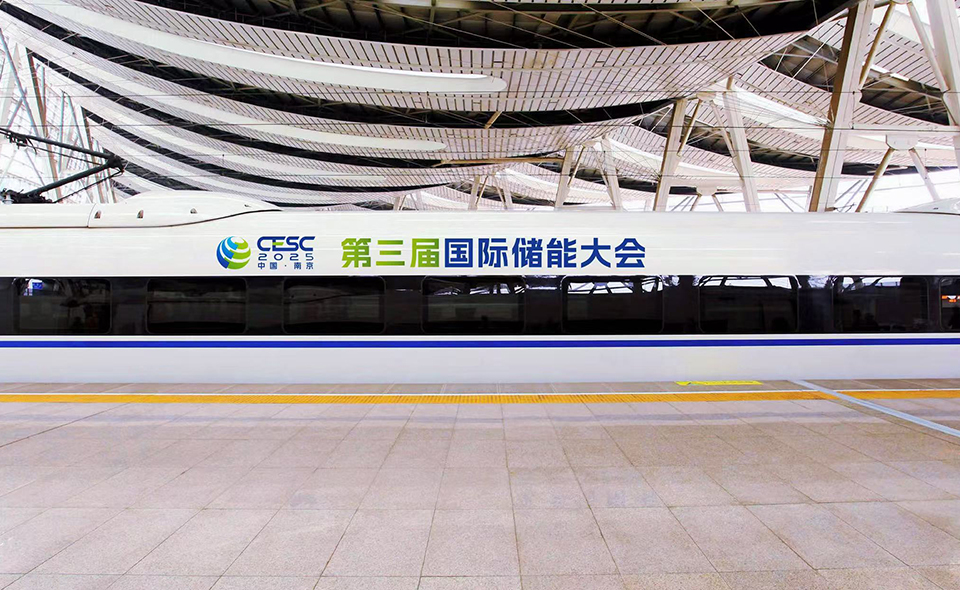
Latest News
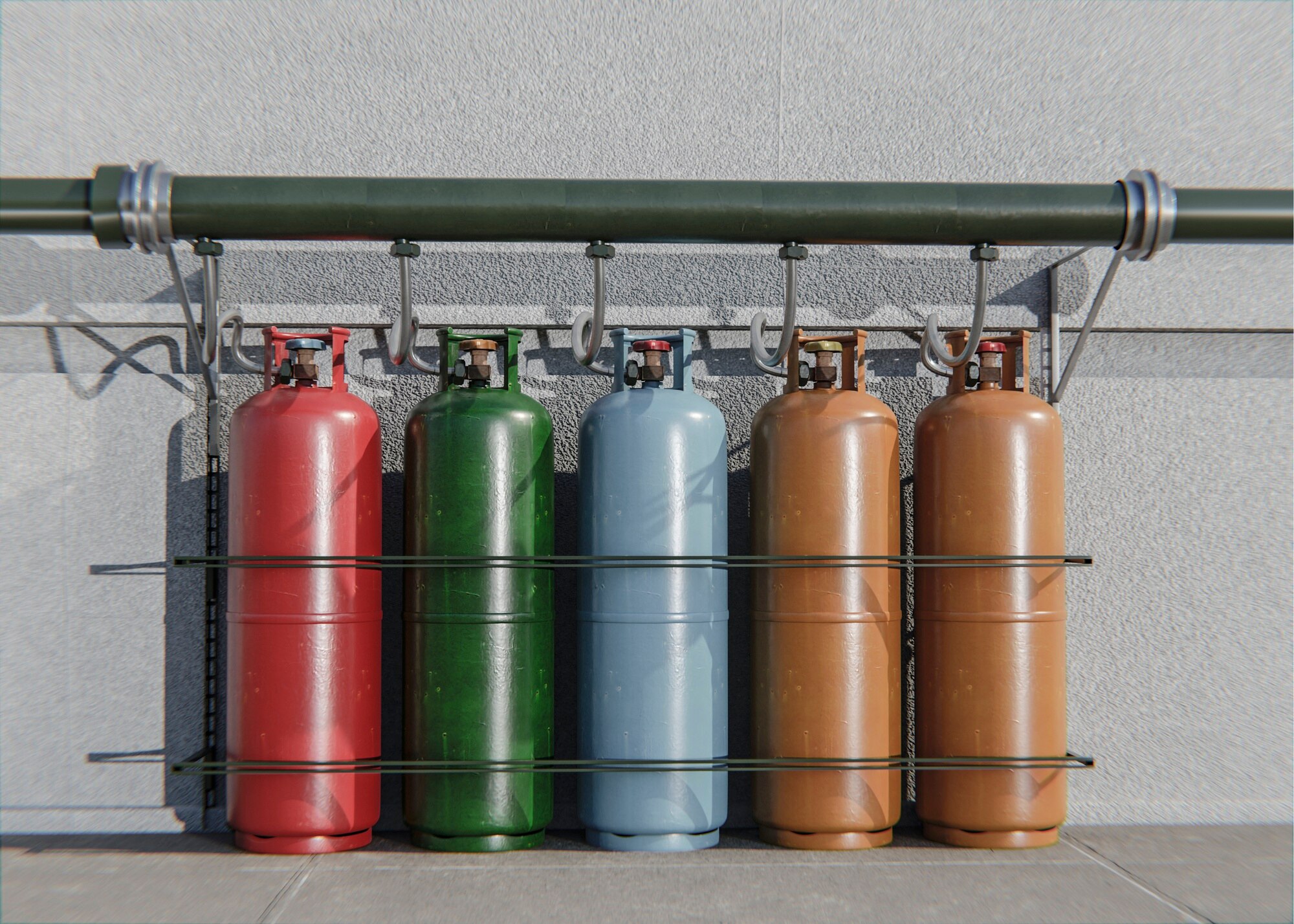
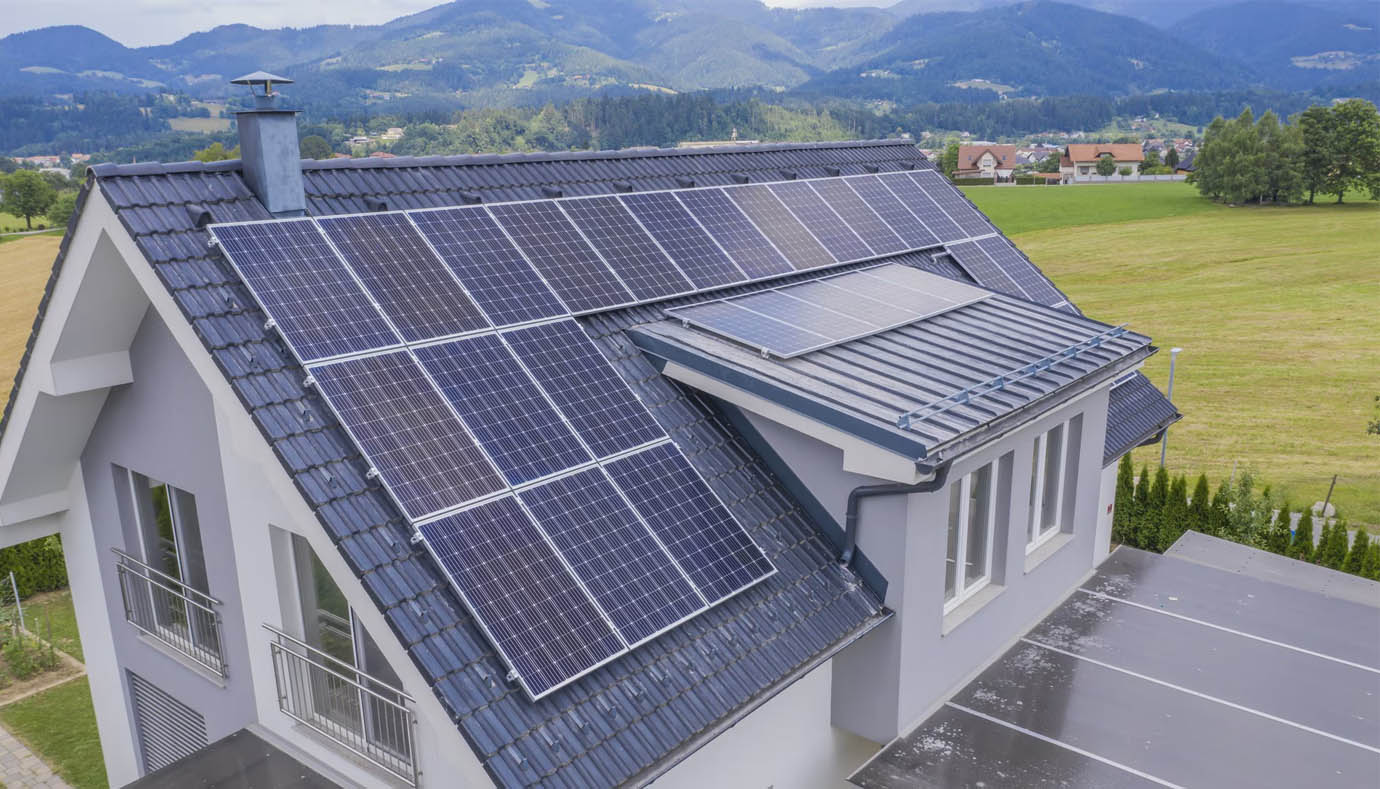



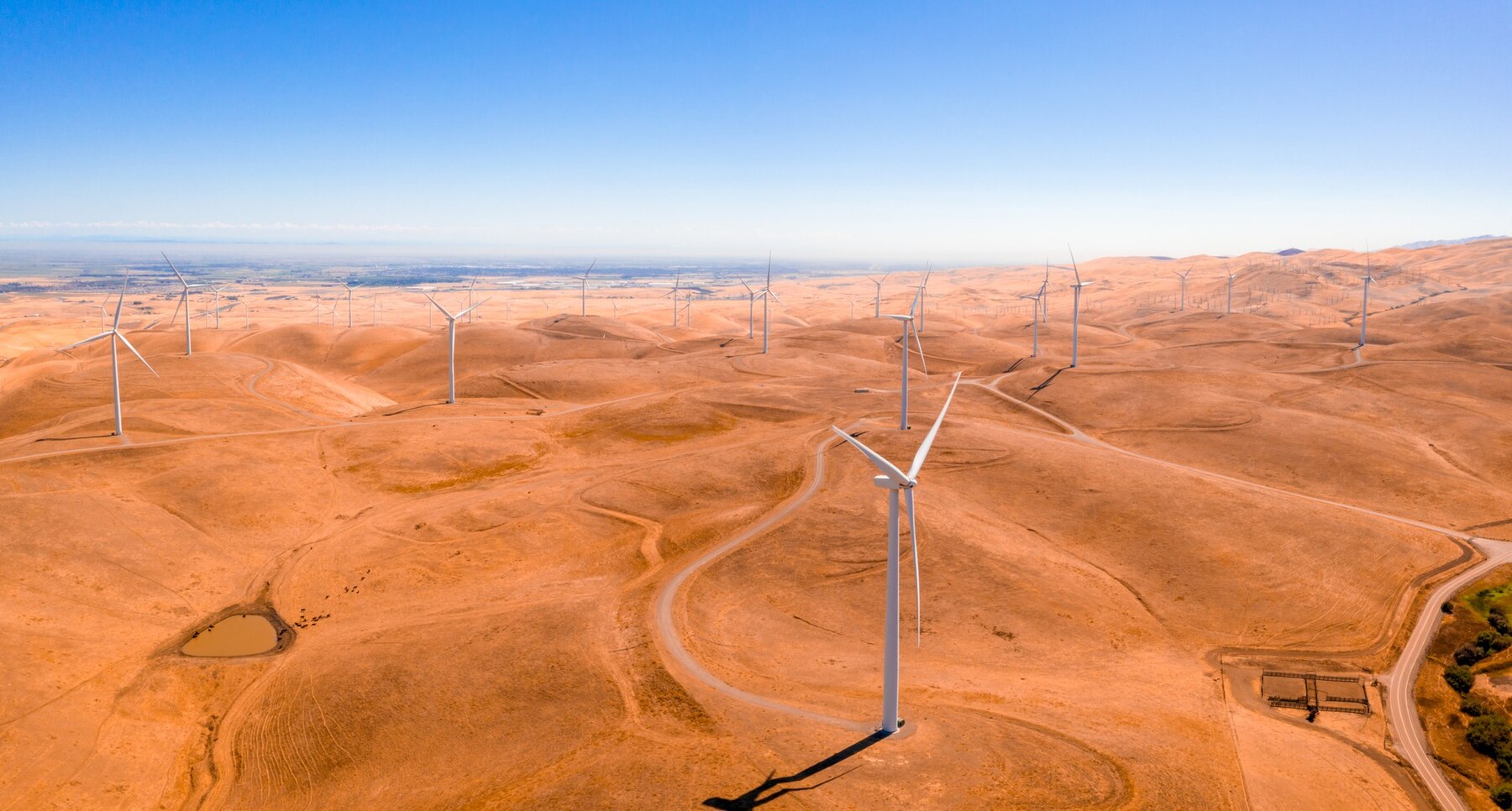
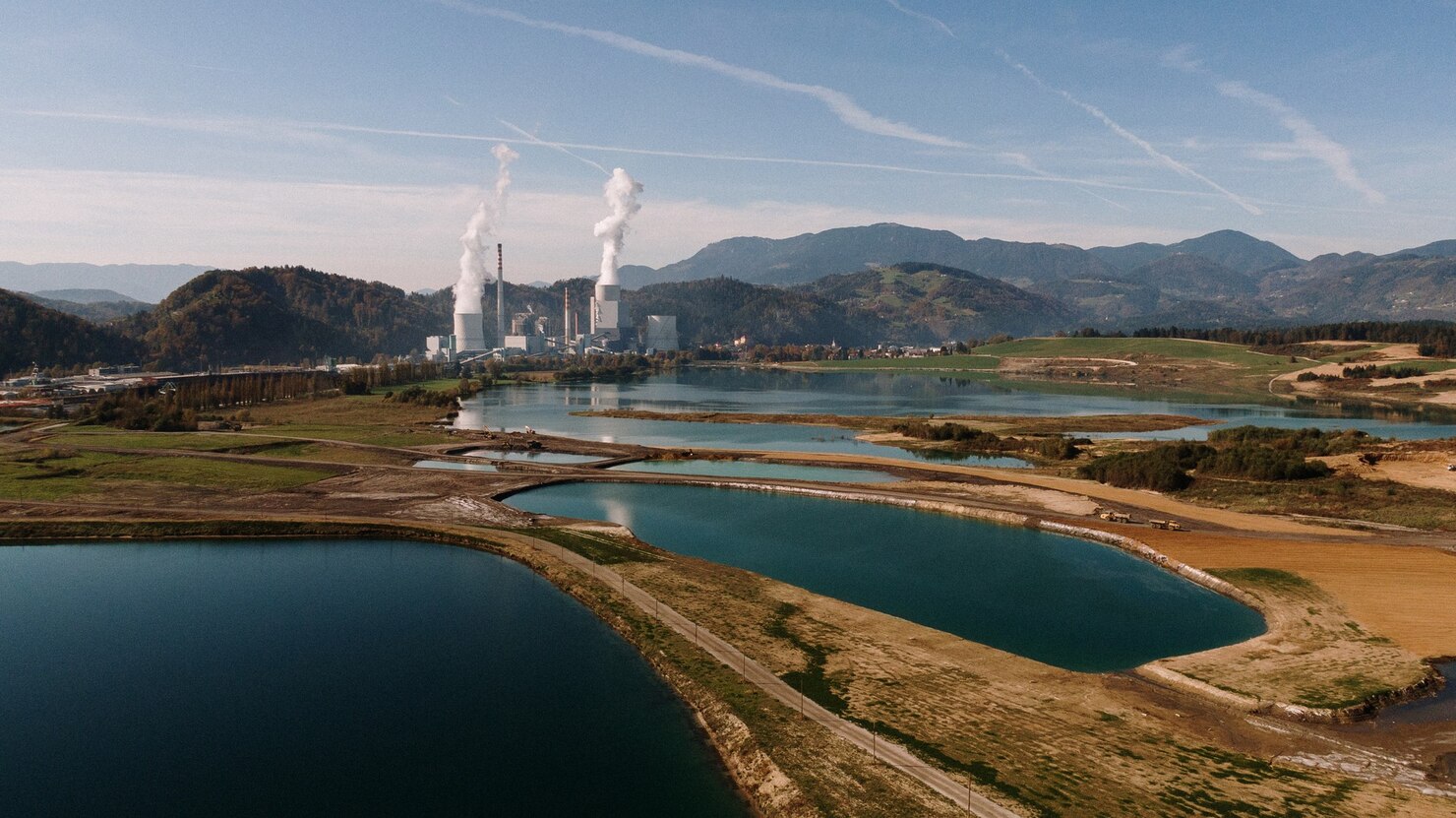
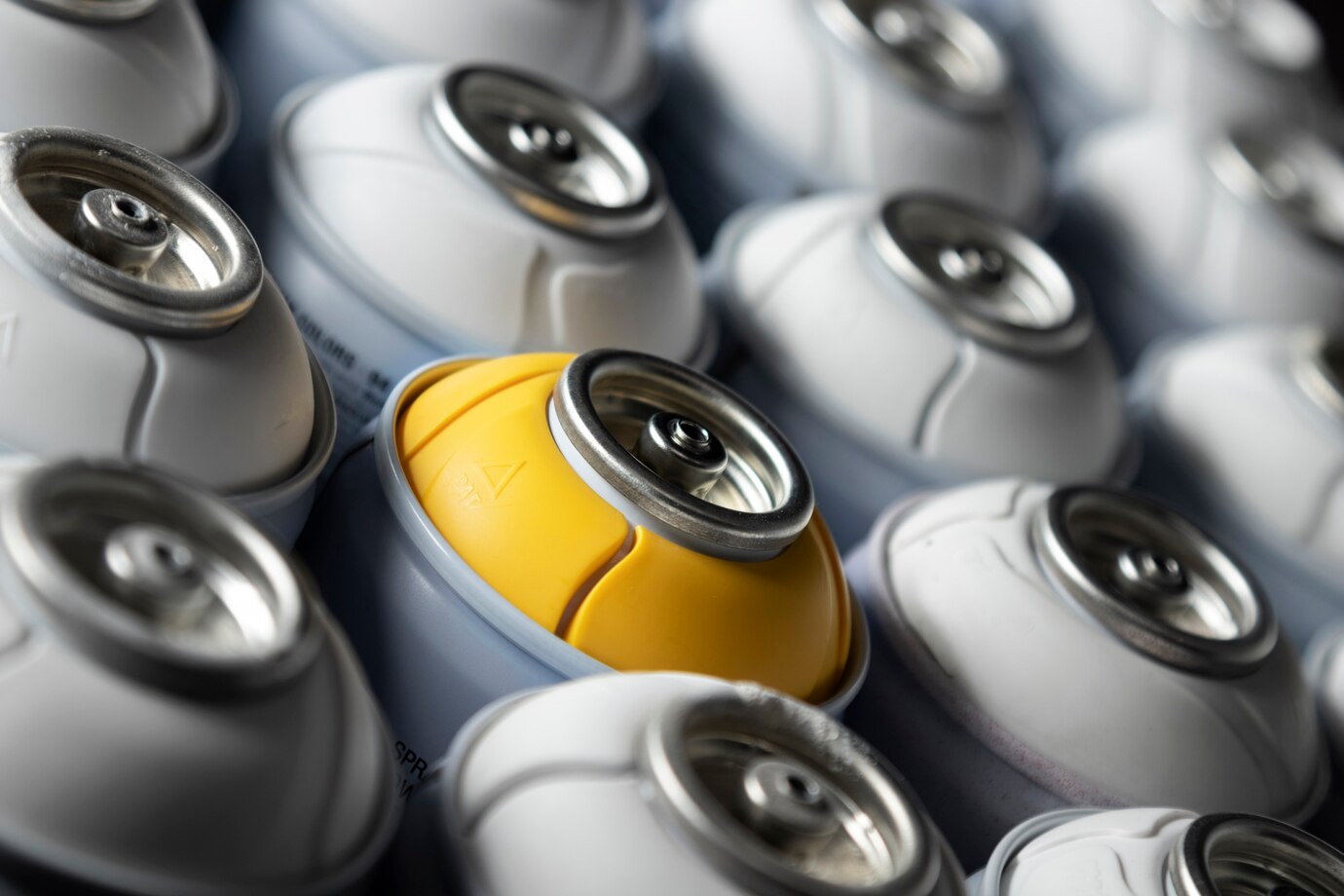


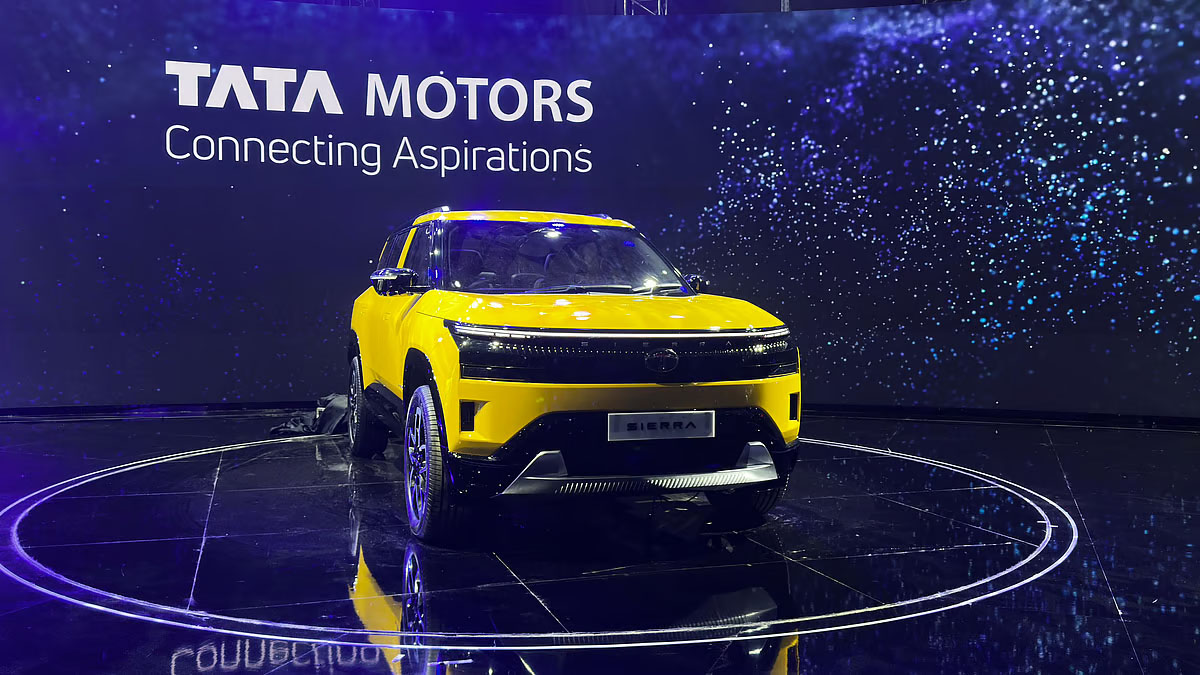
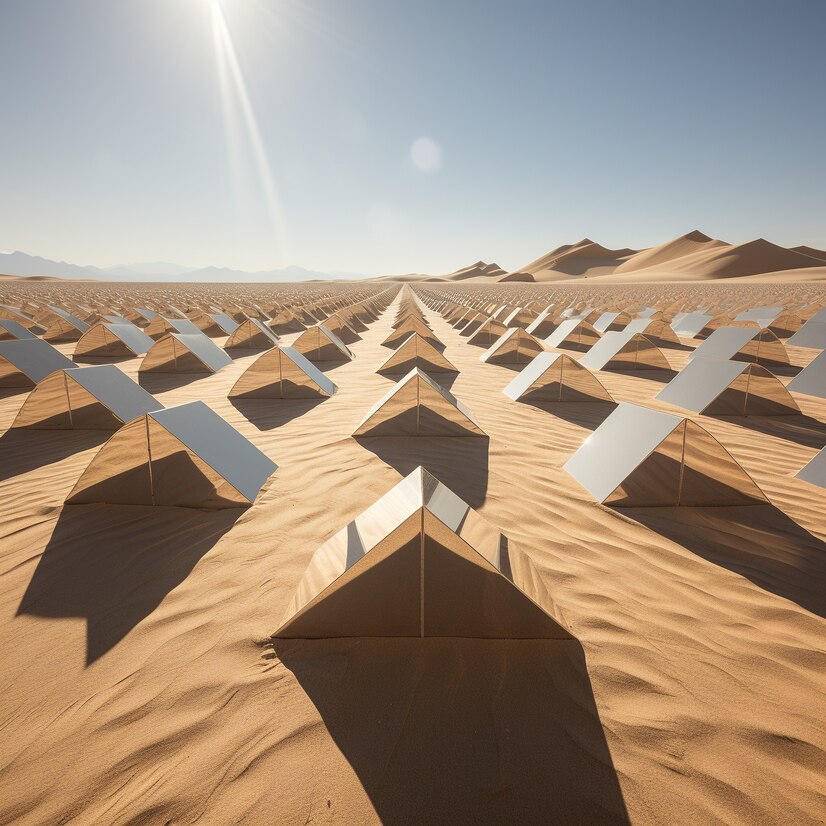
Ms. Liu +86 132 6100 0097

协办单位:全国工商联新能源商会、电力规划设计总院
支持单位:江苏省发展和改革委员会、江苏省工业和信息化厅、江苏省商务厅
国网江苏省电力有限公司
国际支持:欧洲储能行业协会、德国智能城市交通协会
承办单位:创能国际会展服务(江苏)有限公司、东浩兰生会展集团股份有限公司
溧阳深水科技咨询有限公司



